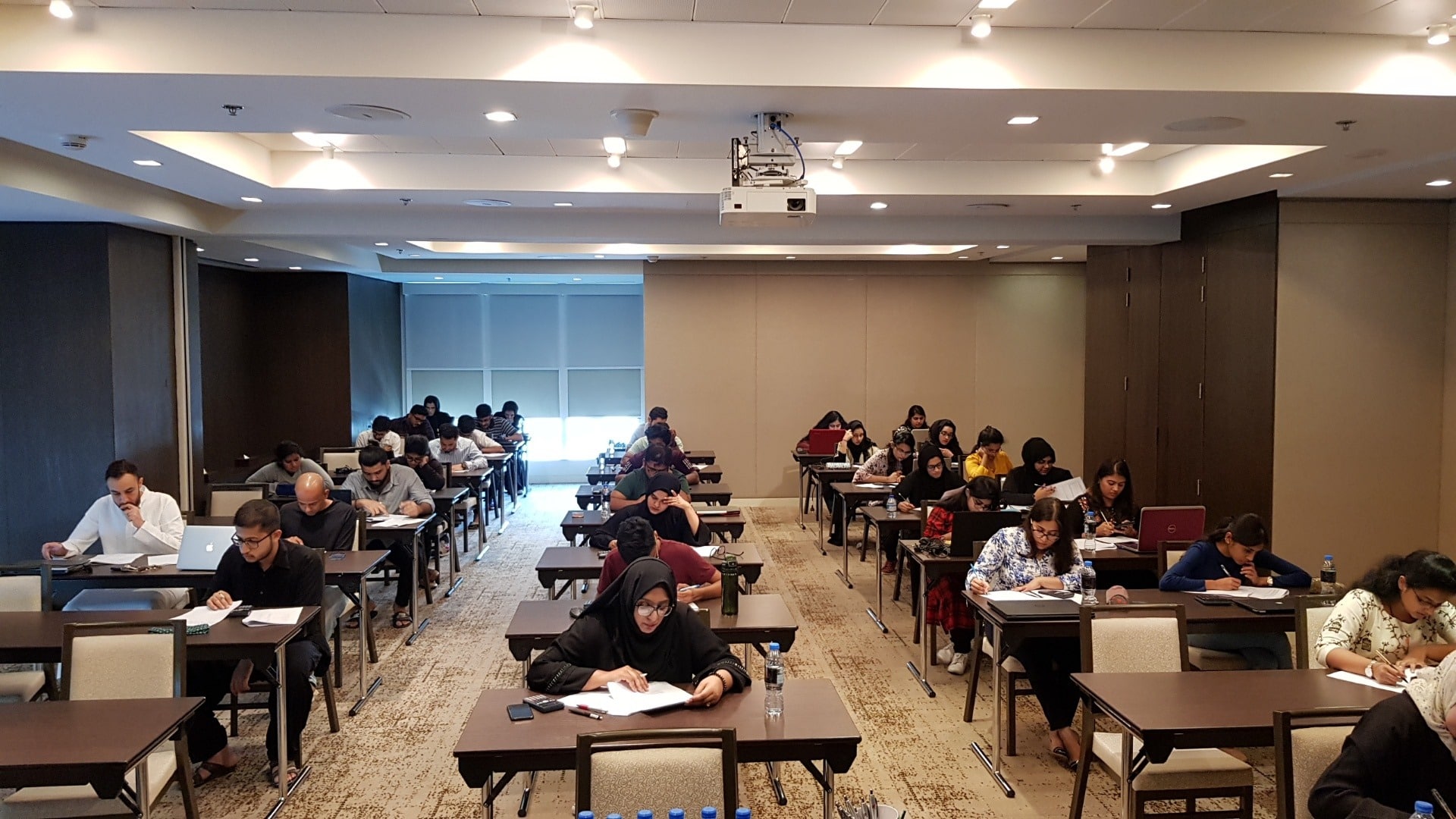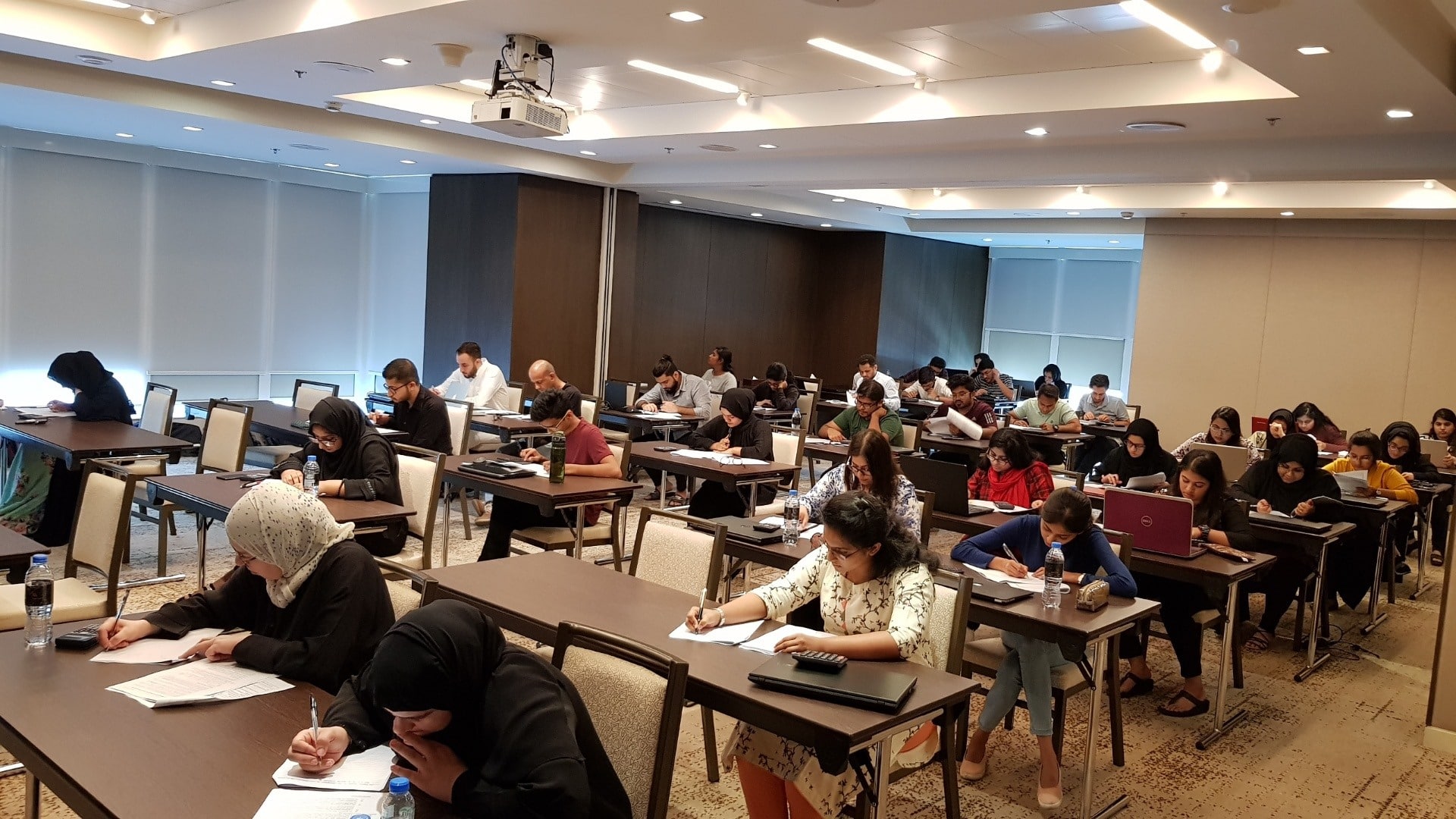Internal Audit Solutions
Our audit and assurance includes enhancing the reliability of information through activities such as internal control reviews, Internal Audits as well as through external third-party assurance services.
Overview
Regular audits are key to improving business performance in all industries and can facilitate the achievement of many other goals. Some of the main reasons why internal audits should be carried out on a regular basis is to ensure that risk management, control, continuous improvement cycles and processes, along with governance system work effectively and efficiently to achieve organizational objectives. It is essential hold internal audits whether outsourced or co-sourced, on a frequent basis, to make sure that standards are maintained in between the external audits.
Internal Audit Solutions
Co-sourcing
Co-sourcing is an essential part of what makes many Internal Audit functions successful, providing access to a wide variety of skills, subject matter expertise and specialist insights. These are increasingly necessary to provide your stakeholders with assurance over the risks that matter yet many in-house teams find it challenging to acquire them. Co-sourcing can also support you in developing your staff’s potential by providing them important skills and experience which few in-house functions cannot maintain alone.
Outsourcing
An outsourced team, aligned to your strategy, relevant to the issues you’re facing and armed with innovative techniques and technology, is capable of providing the insights, expertise and assurance you need to deliver against your objectives and meet the boards expectations. If you have an existing Internal Audit function it will, almost certainly have evolved over time but so too, has Internal Audit outsourcing. It’s time to reconsider whether specialist resources can give you the agility necessary to manage change and exploit the opportunities it presents.
Advisory
Every successful business is supported by an effective and valued Internal Audit function. An Advisory team provides the impartial perspective of a third party which can be invaluable in helping you establish what good Internal Audit looks like for your organization. A broad overview of the profession and market place and deep subject matter and industry experience can help shape your vision and the steps you need to take to create or enhance your Internal Audit function.
The Four Phases of Internal Audit
There are four main phases to an internal audit. The first two can be broken down into a series of smaller steps
PREPARATION

PERFORMANCE

REPORTING

FOLLOW UP

PREPARATION

PERFORMANCE

REPORTING

FOLLOW UP

PHASE1 – PREPARATION
Preparing for an audit involves six key steps:
AUDITEE
NOTIFICATION

TEAM
SELECTION

GATHERING
DOCUMENTATION

4. APPLICATION
SOFTWARE

5. NETWORK
SECURITY

6. BUSINESS
CONTINUITY

7. DATA
INTEGRITY

8.DOCUMENT
RESULTS

5. NETWORK
SECURITY

6. BUSINESS
CONTINUITY

8.DOCUMENT
RESULTS

8.DOCUMENT
RESULTS

PHASE 3 – AUDIT REPORTING
After the completion of audit, a report is finalised, signed by auditor, and presented to auditee. The report will include a summary sheet with the audit number, name of auditor, list of non-conformities and relevant observation.
PHASE 4 – FOLLOW UP
Follow up audits are required to ascertain whether the auditee has taken appropiate action to rectify nonconformities that were identified during the main audit.




